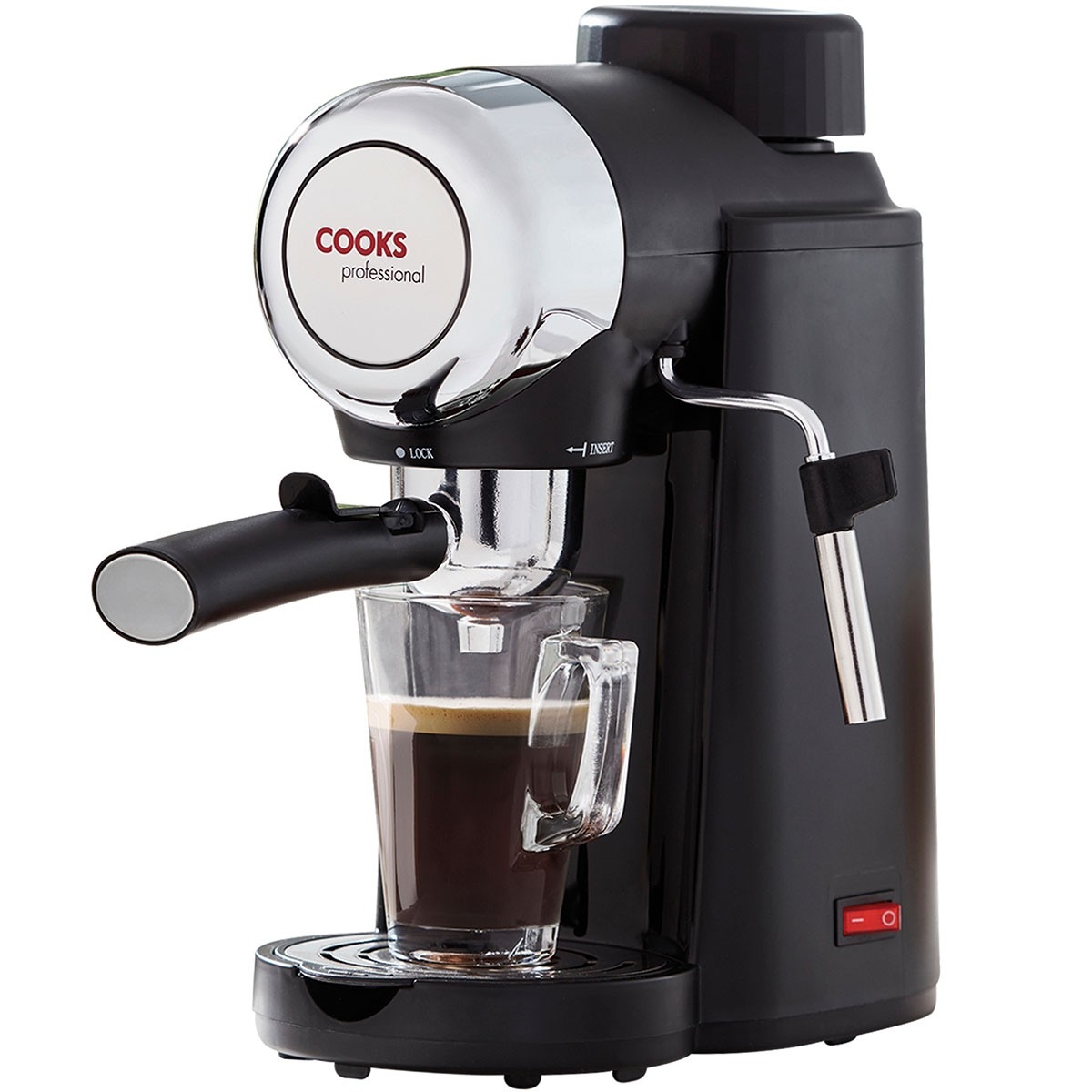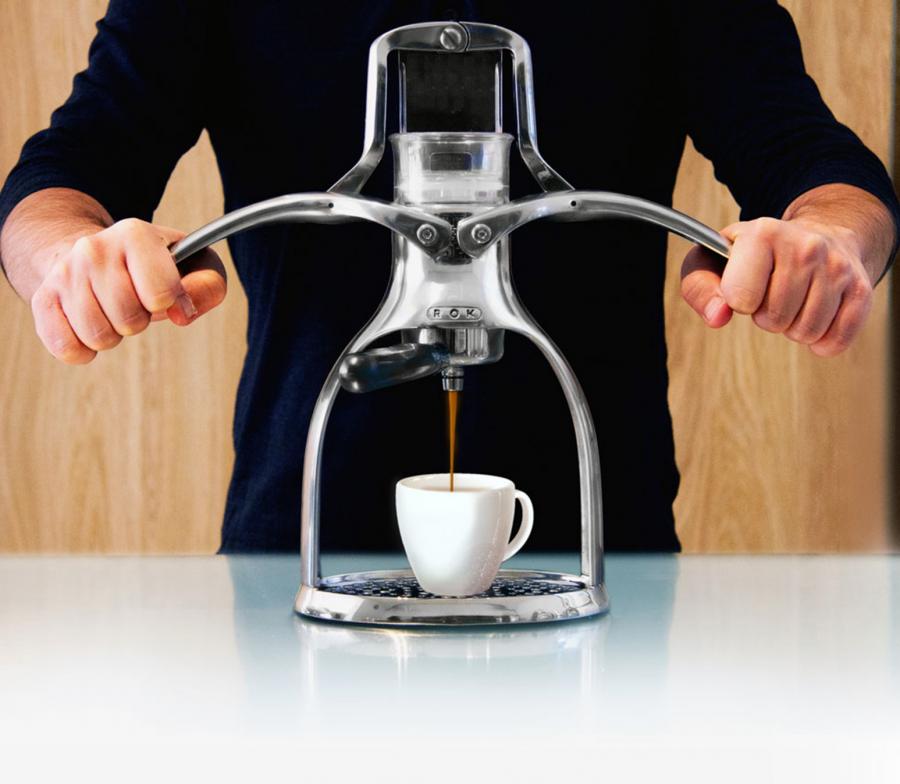
We should note that, even though only pressurized baskets come with the machine, we tried a non-pressurized (single-walled) filter basket from the Breville Infuser, which fit the Bambino, and the results were still quite good. Pressurized baskets also work with pre-ground coffee. Pressurized baskets almost guarantee the proper pressure and good extraction from a single or double shot even if you don’t tamp perfectly, grind your coffee beans too finely or too coarsely, or don’t have precisely the right amount of grounds. It only comes with pressurized filter baskets (also known as double-walled filter baskets).
/Smeg-Espresso-Machine_HeroSquare-b1c681e9e0a6451e8fbd5229793bd930.jpg)
For one thing, it heats up almost instantly, from off to ready to brew in less than five seconds. The newest entry to Breville’s diminutive Bambino line has made huge improvements over both the not-tricked-out regular Bambino and Breville’s more expensive (and hulking) Infuser. After checking it with an Acaia scale, we’re impressed with the automatic adjustments the grinder makes, but anyone without a gram scale will have to take it on faith (or take our word for it) that they’re getting the right amount of ground coffee. As it is, the dial just sets a longer or shorter time without any information on what that time is.

It would also be nice to have some sort of specific setting on the grinder, whether that is time or weight. The drip tray is also quite far from the group head, which allowed us to fit regular-size coffee mugs underneath it, but made for a little bit of splash back when brewing shots of espresso. This is, however, true of every machine we’ve tested in this price range. The brew system and the steam wand run off the same heat source, so we had to wait 15–20 seconds between brewing and steaming milk. This can be a bit of a nuisance if you use it often, but it also means you won’t need a dedicated water line to supply your machine.What we didn’t like about the Breville Barista Express Impressīesides the name, which is a real tongue twister, we don’t have many complaints about the Barista Express Impress. This kind of machine has a reservoir that holds a limited amount of water that can be used to make espresso, so you’ll need to refill the reservoir when it’s close to running out. With Keurig machines and at-home coffee makers becoming more and more popular, most people will be familiar with a reservoir espresso machine. The first type of espresso machine that we’re going to talk about is the reservoir espresso model.

Reservoir or Pour Over Espresso Machines Image credit: PxFuel Whew! Let’s learn more about these varied options:

Finally, you have pod espresso machines and stovetop espresso machines. There are also differences in mechanism (lever, steam-driven, and pump-driven espresso machines), and levels of automatic operation (semi-automatic, automatic, super-automatic, ultra-automatic espresso machines). What are the types of espresso machines? There are 15 varieties, including differences in water flow (reservoir, direct connect, and volumetric espresso machines) and differences in boilers (single boiler, double boiler, and heat exchanging espresso machines). Now that you know how espresso machines work, let’s take a look at the different kinds of machines that are available, as well as some pros and cons of each.


 0 kommentar(er)
0 kommentar(er)
